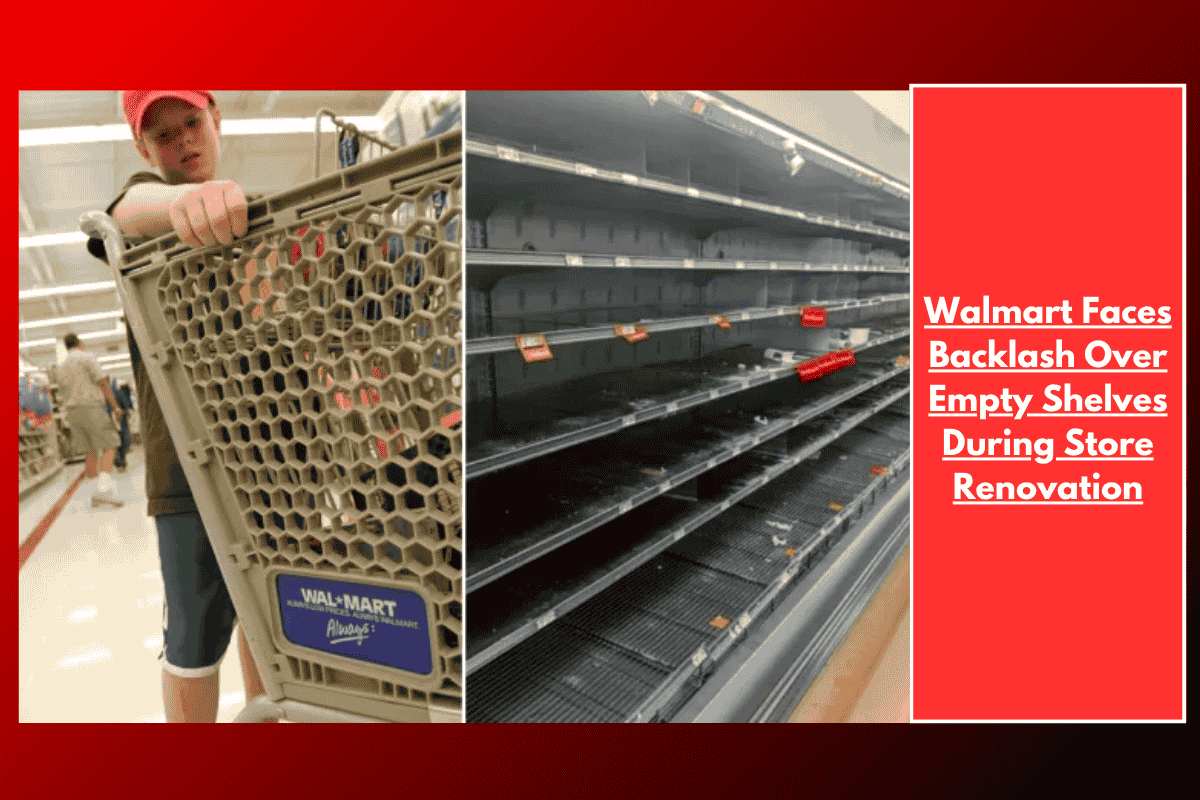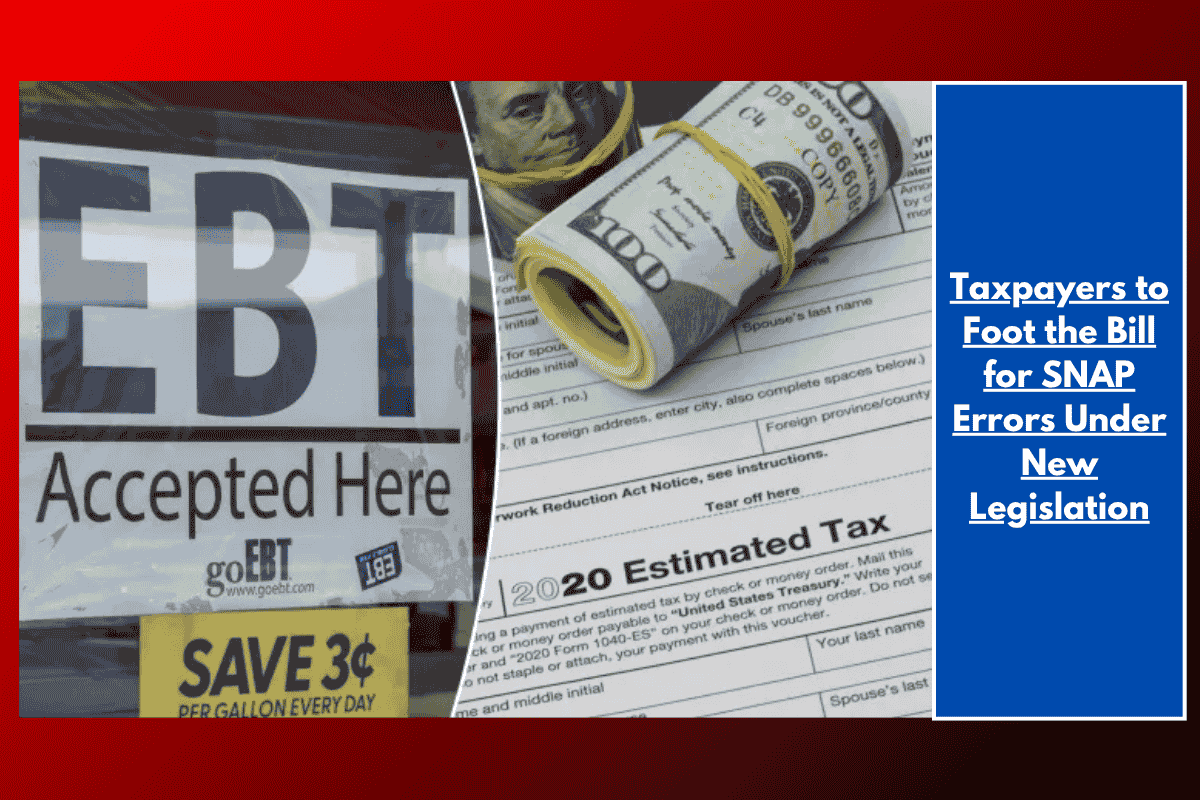A recent shopper’s complaint about empty shelves at a Walmart store in Martin, Tennessee, has sparked a public response from the retailer, prompting confusion and concern among customers. The shopper posted a photo on X (formerly Twitter) showing an entire row of empty shelves, which led to a flurry of reactions online. Walmart quickly addressed the issue, claiming it was simply a temporary situation due to store renovations.
The Empty Shelves Explained
On Monday, a frustrated shopper shared a photo of seven empty shelves in a Walmart store in Martin, Tennessee, along with a comment that read, “Yeah, @Walmart, I didn’t need groceries tonight.” The photo quickly gained attention, with many wondering whether product shortages were to blame. Walmart responded promptly, asking the shopper to send them a direct message for further details.
It was later revealed that the empty shelves were a temporary result of a store remodeling project. Walmart clarified that the store was improving its refrigeration system, and the lack of products was simply due to the renovation process. A Walmart spokesperson reassured customers, saying, “The store is fully stocked and ready to serve customers.”
Other Reports of Empty Shelves
The incident in Martin, Tennessee, appears to be part of a wider trend, as other shoppers have shared similar complaints on social media. A shopper in Evansville, Indiana, also reported seeing empty shelves at a Walmart store, and others suggested that people might be stockpiling due to fears of shortages. One woman, upset with the rising prices and perceived decline in product quality, vowed to shop elsewhere, expressing dissatisfaction with Walmart’s approach to pricing and availability.
Widespread Supply Chain Challenges
While the empty shelves may have been a temporary situation at some Walmart locations, broader supply chain issues are contributing to ongoing shortages across the retail sector. Experts have pointed to challenges like the international trade war, tariffs, and disruptions in global supply chains as factors affecting product availability. These disruptions have caused delays in shipments and led to empty shelves in various stores, not just at Walmart.
Impact of Tariffs and Price Hikes
The current state of retail supply chains is also being affected by rising prices, a situation that has led to growing frustrations among consumers. The economic policies, including the tariffs implemented during the previous administration, have created tension between major retailers and their customers. Walmart’s Chief Financial Officer, John Rainey, has warned that higher tariffs have made it difficult for retailers to absorb the increased costs, which could lead to higher prices for consumers.
Former President Donald Trump has also weighed in on the issue, criticizing Walmart for blaming tariffs for rising prices. He urged the company to absorb the cost of the tariffs instead of passing them onto consumers. While some retail experts have agreed with the sentiment, others have emphasized the broader economic challenges of balancing low prices with global trade disruptions.
Walmart’s Financial Struggles
The economic pressure is evident in Walmart’s recent financial performance. In the first fiscal quarter, Walmart’s net income dropped to $4.49 billion, down from $5.10 billion in the same period the previous year. This decline in profits is partly attributed to the rising costs of goods due to tariffs and other supply chain difficulties.
The controversy over empty shelves at Walmart, combined with broader concerns about pricing and product shortages, highlights the ongoing challenges faced by retailers in a rapidly changing economic landscape. While the empty shelves in Martin, Tennessee, were a temporary issue due to store renovations, the larger concerns over supply chain disruptions, tariff impacts, and rising prices are likely to persist. Walmart’s financial performance and the public’s response to these issues will continue to shape the company’s strategy moving forward.














